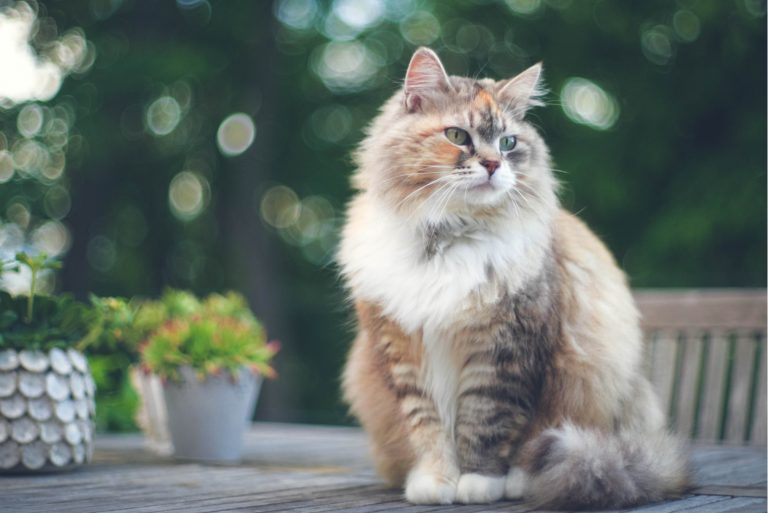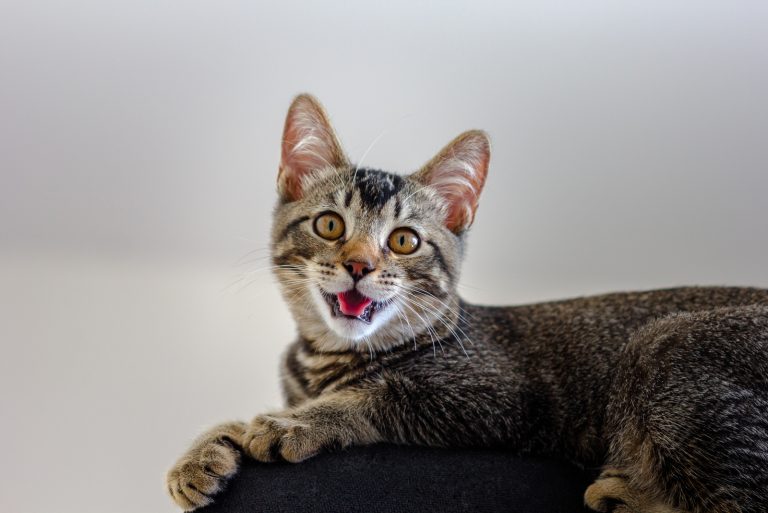14 Things Cats Love But Most Owners Don’t Do Enough
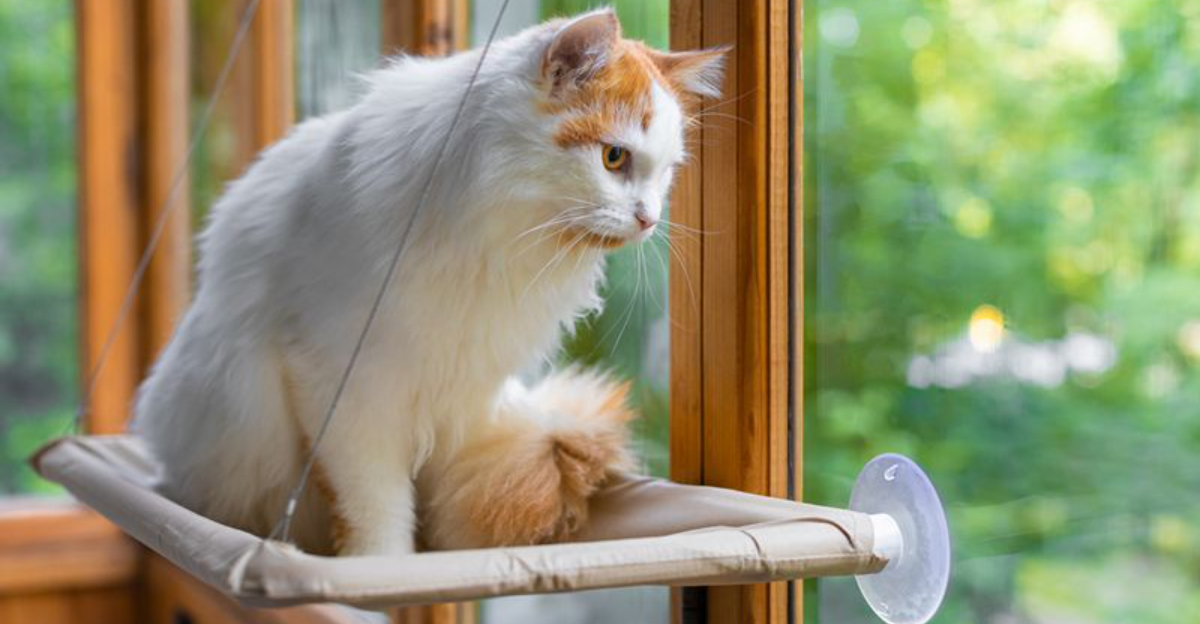
Cats may seem independent, but they have specific needs that help them thrive. Understanding what makes your feline friend purr with delight can transform your relationship.
These often-overlooked activities and environmental adjustments could be the key to a happier, healthier cat who feels truly understood and cherished.
1. Interactive Playtime
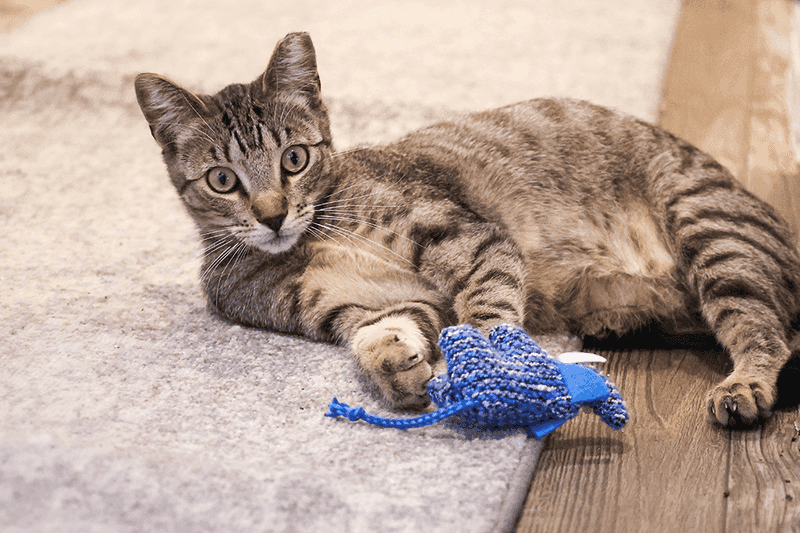
Feather wands and laser pointers aren’t just toys—they’re essential for your cat’s wellbeing. Daily play sessions mimic hunting behaviors, keeping your kitty mentally sharp and physically fit.
Many cats become bored or develop behavior problems without adequate play. Just 15 minutes twice daily can make a world of difference in your cat’s happiness.
2. Vertical Spaces For Climbing
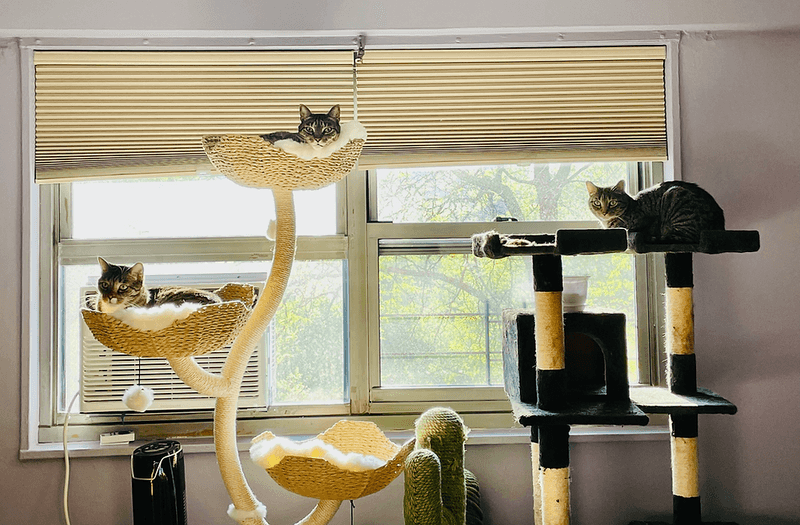
Your feline’s wild ancestors spent time in trees for safety and hunting advantage. Modern cats retain this instinct—they crave height to survey their territory and feel secure.
Cat trees, wall shelves, or window perches satisfy this primal need. Without vertical options, cats miss out on exercise and may feel vulnerable in their environment.
3. Consistent Feeding Routine

Mealtime is the highlight of your cat’s day! Unpredictable feeding schedules can trigger anxiety since cats thrive on knowing when to expect food.
Setting regular times creates a sense of security. Your cat will stop pestering you constantly for food once they trust that meals arrive reliably, making everyone’s life more peaceful.
4. Clean Litter Boxes
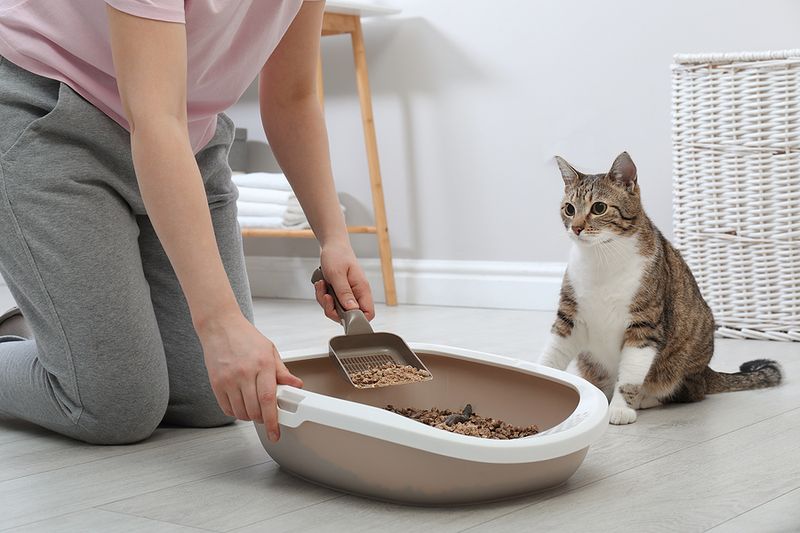
Imagine using a bathroom that hasn’t been cleaned in days—yuck! Cats feel the same way about dirty litter boxes.
Fastidious by nature, many cats will hold it rather than use a soiled box. Daily scooping prevents stress and unwanted bathroom behaviors. Remember: most cats prefer having one more box than the number of cats in your home.
5. Routine Grooming
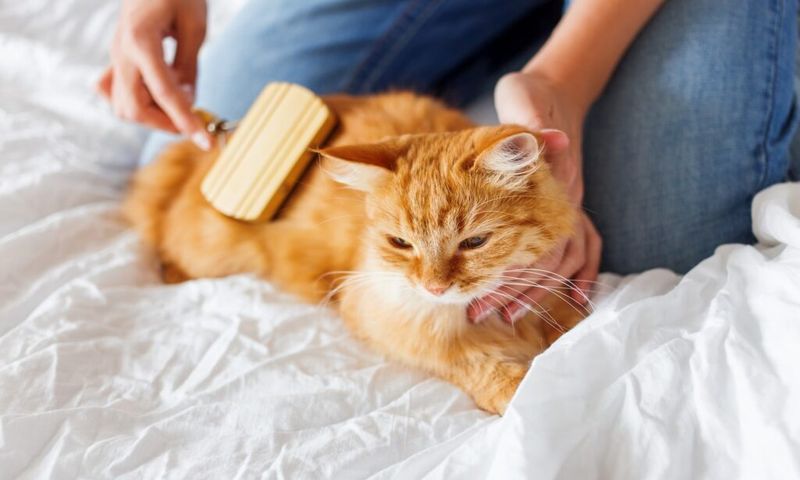
Brushing isn’t just about preventing hairballs—it’s quality time that strengthens your bond. Short-haired cats benefit from weekly brushing, while long-haired breeds need it almost daily.
Beyond the practical benefits, many cats adore the sensation. Regular grooming sessions help you spot skin issues or lumps early, potentially saving your cat from serious health problems.
6. Window Views
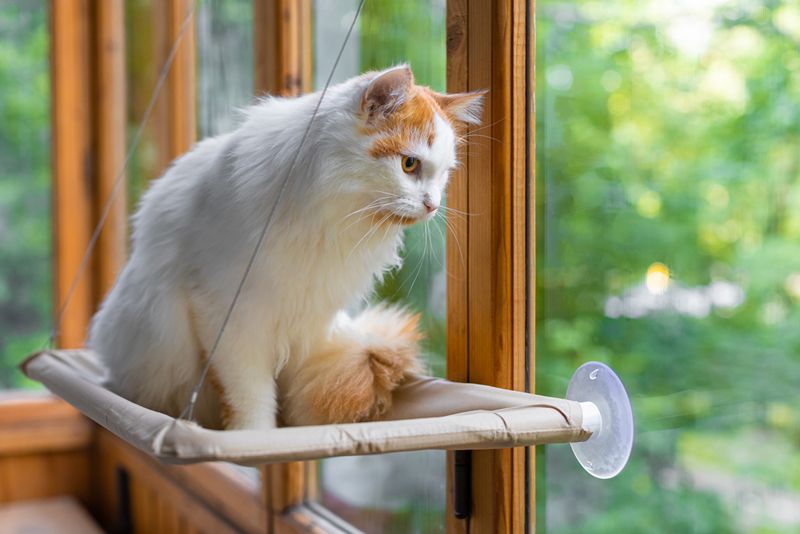
For indoor cats, windows are like television—providing endless entertainment through bird watching, people observation, and weather changes. A sturdy perch by a window offers hours of enrichment.
Without this simple pleasure, cats miss stimulation that keeps their minds active. Even busy cats often pause several times daily for window-gazing sessions.
7. Safe Outdoor Time

Fresh air and sunshine can transform your indoor cat’s mood! Catios (cat patios), harness training, or secure outdoor enclosures offer the benefits of nature without the dangers of roaming free.
The sounds, smells, and textures of the outdoors provide enrichment indoor environments can’t match. Even brief outdoor sessions stimulate your cat’s senses in ways toys cannot.
8. Variety In Food

Would you want to eat the same meal every day for years? Neither does your cat! Rotating proteins and textures prevents food boredom and potential allergies.
Introducing new foods gradually helps avoid tummy troubles. Try mixing wet and dry options or offering different flavors throughout the week. Your finicky eater might surprise you with newfound enthusiasm at mealtime!
9. Quiet Time With You
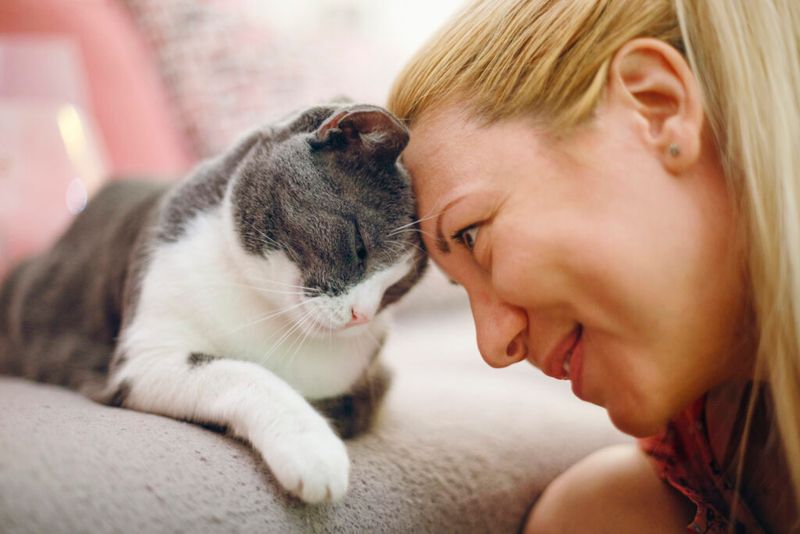
Contrary to popular belief, most cats aren’t loners—they crave companionship on their terms. Sitting quietly while your cat naps nearby creates powerful bonding moments.
Reading a book with your cat curled in your lap or simply being present in the same room matters tremendously. These calm interactions build trust and security without overwhelming your cat’s sensitive nature.
10. Pheromone Products For Comfort
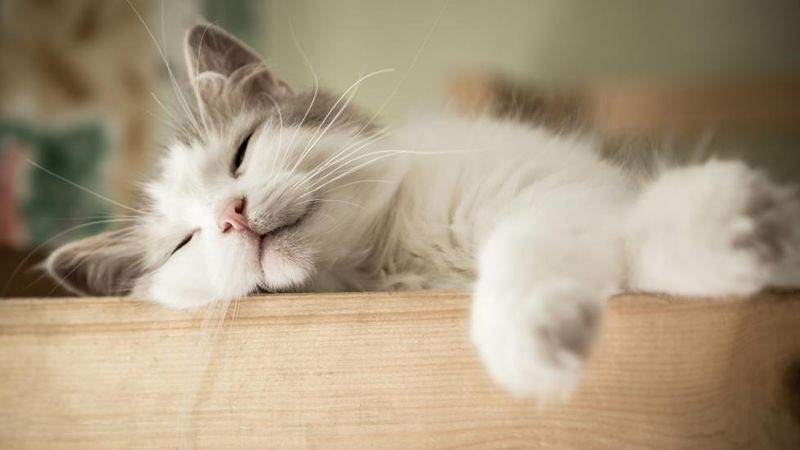
Synthetic pheromones mimic the natural calming chemicals cats release when feeling safe. Diffusers, sprays, or collars can reduce anxiety during stressful times like moving or introducing new pets.
Many owners don’t realize these products exist until behavioral problems develop. Using them proactively creates an environment where your cat feels naturally secure and content.
11. Respecting Their Personal Space
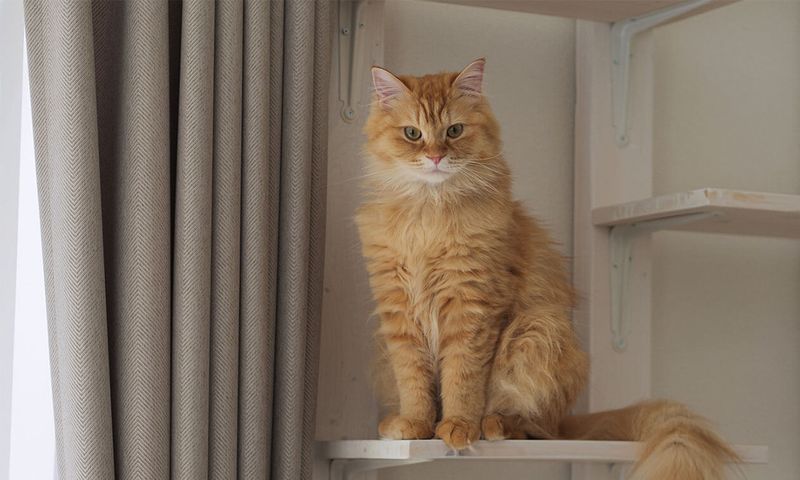
Cats need hideaways where they can retreat when overwhelmed. Providing cozy caves, elevated perches, or simply respecting when your cat walks away shows you understand their communication.
Forcing interaction when your cat needs alone time damages trust. The paradox of cats: respect their independence, and they’ll seek your company more often.
12. Positive Reinforcement
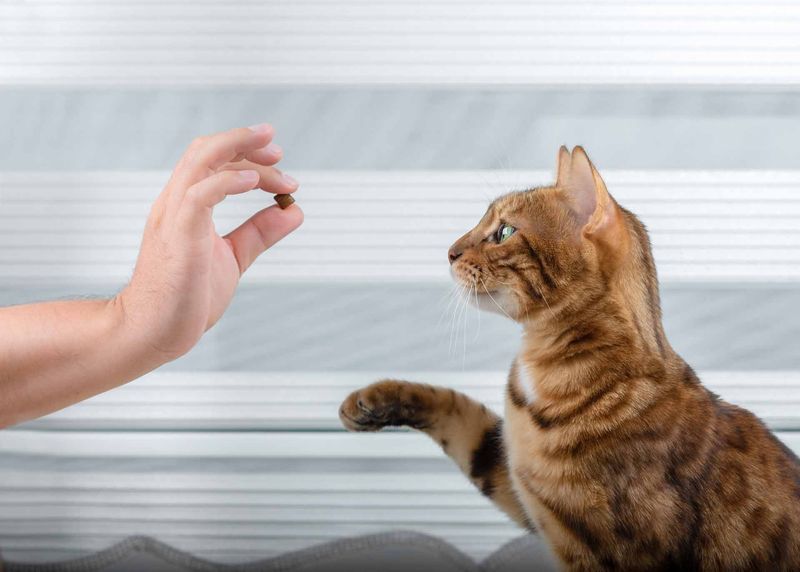
Cats respond beautifully to rewards, not punishment! Offering treats, praise, or playtime when your cat uses the scratching post instead of furniture shapes good behavior naturally.
Many owners focus on correcting unwanted actions rather than rewarding desired ones. Clicker training can be especially effective—cats enjoy learning tricks when the experience is positive and treat-filled!
13. Calm, Peaceful Environments
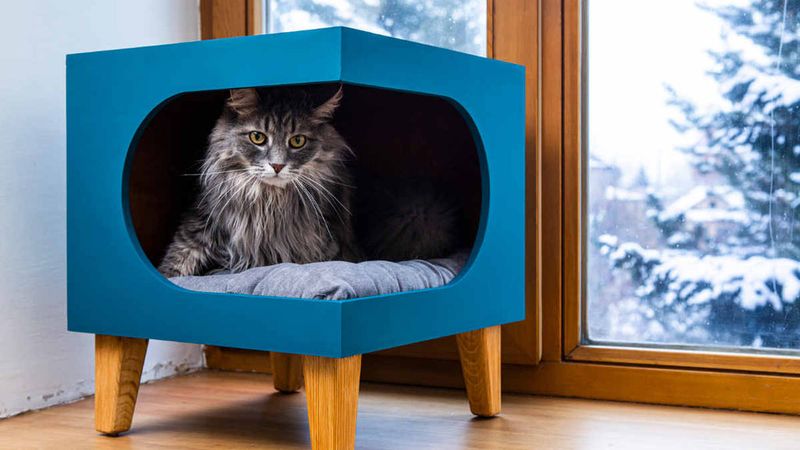
Loud music, frequent visitors, or chaotic households can stress even the most adaptable cats. Their sensitive ears and territorial nature make them appreciate predictable, quiet spaces.
Creating a peaceful zone with minimal disruption helps anxious cats thrive. Notice how your cat disappears during parties or when children run around? That’s their way of seeking the calm they crave.
14. Regular Vet Visits
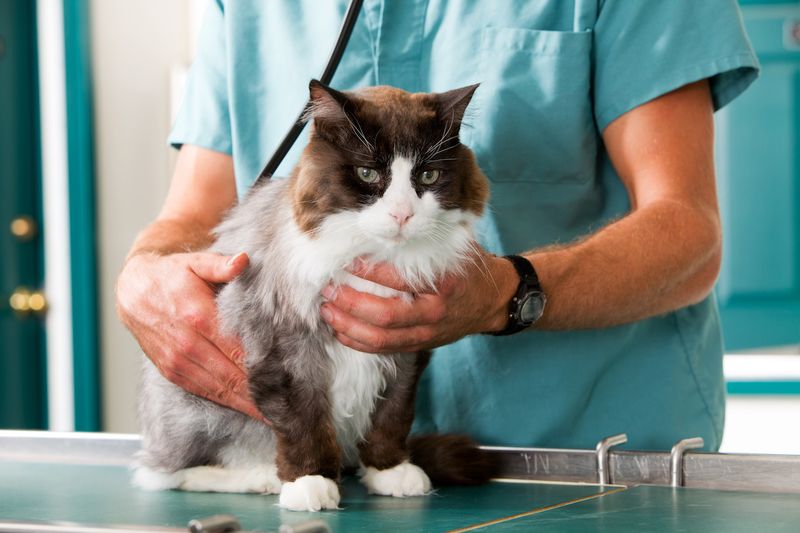
Cats hide illness masterfully—it’s a survival instinct from their wild ancestors. Annual checkups catch problems before they become serious, potentially adding years to your cat’s life.
Many owners wait until something seems wrong, missing early intervention opportunities. Wellness exams also help your cat become more comfortable with carriers and handling, reducing stress during necessary medical care.


